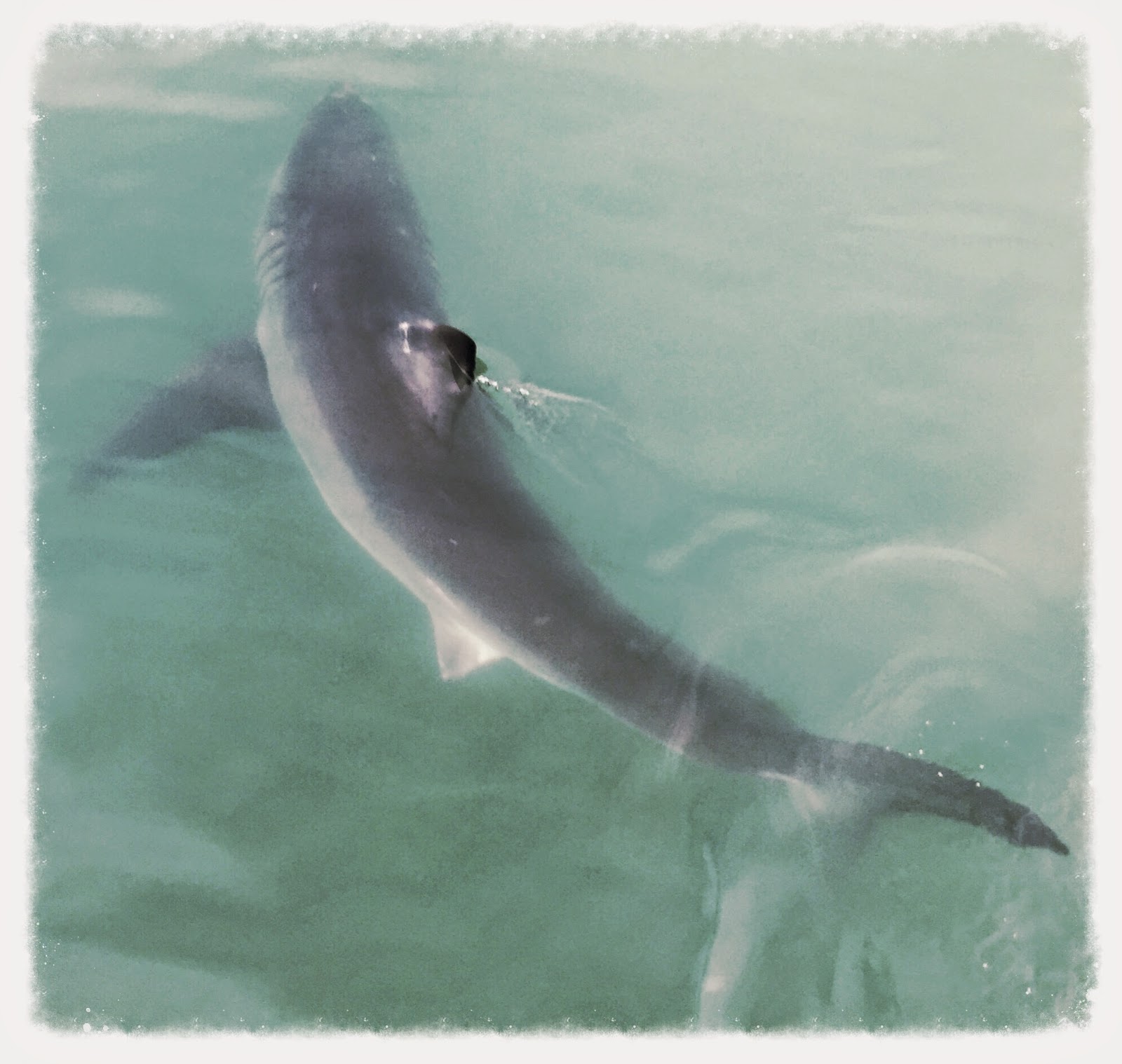Kruger National Park is one of the largest game reserves in Africa. It covers an area of 7,580 square miles. It became South Africa's first National Park in 1926. The park is home to Africa's Big Five. In Africa, the Big Five game animals are the African lion, African elephant, Cape buffalo, African leopard, and White/Black rhinoceros. The term
big five game was coined by big-game hunters and refers to the five most difficult animals in Africa to hunt on foot. The animals of the Big Five were chosen for the difficulty in hunting them and the degree of danger involved, it is not based on the size of the animal.
While I was visiting the park, I was able to see four of these five animals. I did not see a leopard during the few days I was at the park.
The following is only a few of the pictures that were taken during my trip to Kruger National Park. I will be updating this post soon with the rest of the pictures.
Skeletal head of a rhinoceros:
Skeletal head of an elephant:
A baby hyena, walking in the road in front of our car:
(As of 2009, there are approximately 2000 spotted hyena found in the park.)
One can easily spot Impala running throughout the park.
In South Africa, zebra is pronounced with a short e sound. (It is the British english pronunciation of the word.)
Fun Facts about Elephants -
* Elephants have strong social bonds and good memories, but it is not known whether they can experience grief in the same way as humans.
They certainly seem to have a fascination with their dead. They will approach carcasses, touching and smelling them and sometimes trying to revive them. Mothers have been seen carrying their dead babies around for several days. Elephants will investigate old bones, pick them up and move them around.
They are also known to cover their fallen comrades with branches and debris. Other dead animals, including lion or even trampled hunters, may also be treated in this way.
* Elephants sleep for a total of four to five hours during a 24 hour period. They will normally sleep for a number of short periods rather than several hours in one go.



Rhino populations are facing serious threats from illegal pouching. The Rhino horns are being sold predominantly to Asia where it is used for traditional Chinese medication. Between the months of January and August of 2014, 631 rhinos had been killed by pouchers. Four Hundred and eight of those were killed in Kruger National Park.
Waterbucks have a brownish-grey shaggy coat. The eyes and nose are patched with white, and there is a white collar under the throat. The rump has a characteristic white ring. The large rounded ears are a prominent feature. Only the bulls have long, forward curved horns.
Kudu's horns are spectacular and can grow as long as 72 inches, making 2 1/2 graceful twists. These beautifully shaped horns have long been prized in Africa for use as musical instruments, honey containers and symbolic ritual objects.
Cape buffalo are mainly preyed upon by lion. When a herd member is attacked, others will rush to its defense. Together, a group of Cape buffalo are more then capable of defending off an attack from an entire pride of lions.
This video clip was filmed by a visitor of Kruger National Park and it depicts an attack between lions, buffalo, and a crocodile.
Giraffes are the world's tallest mammals, thanks to their towering legs and long necks. A giraffe's legs alone are taller than many humans—about 6 feet (1.8 meters). These long legs allow giraffes to run as fast as 35 miles (56 kilometers) an hour over short distances and cruise comfortably at 10 miles (16 kilometers) an hour over longer distances.
Scenic Pictures:
Daily Social Studies Question:
Who formed our National Park system and what was the first National Park in the U.S.?
Stay tune for more pictures from my visit to Kruger National Park.





































































